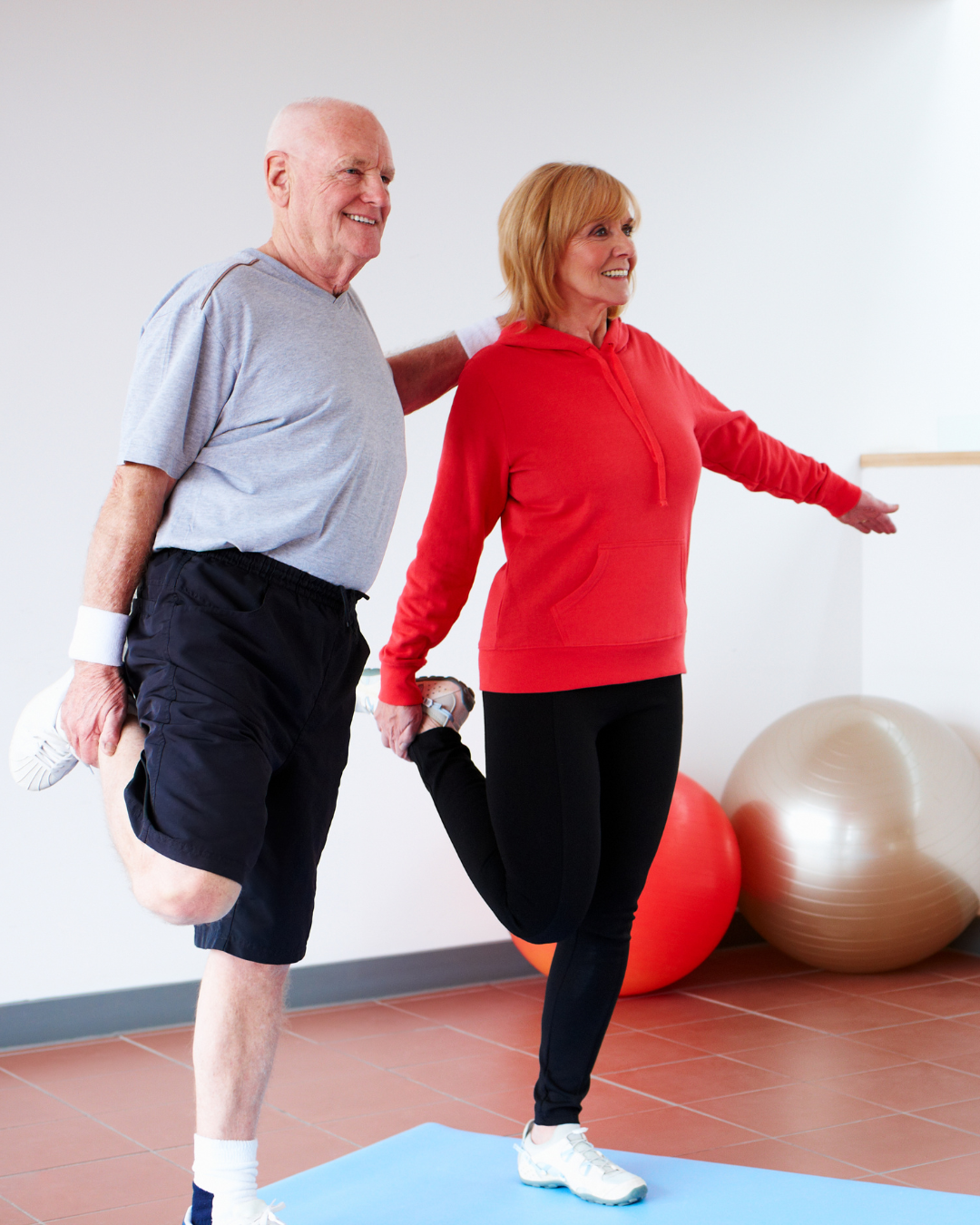Here’s what research has discovered:
• A 2017 study found that a demanding balance-training program run over 12 weeks improved memory and spatial cognition in healthy adults. In addition, the same study observed increased thickness (“cortical thickness”) in brain regions associated with vision, vestibular (inner ear) self-motion perception, and other brain areas important for navigation and orientation. Frontiers+2ScienceDirect+2
• The U.S. Centers for Disease Control and Prevention (CDC) emphasizes that physical activity helps with thinking, learning, problem-solving, and emotional balance. Regular activity, including balance work, can reduce risk of cognitive decline and help with memory and thinking skills. CDC
• Another piece of evidence: The ability to stand on one leg for 30-40 seconds has been linked in studies to lower risk of small vessel disease (tiny blood vessel damage in the brain) and better cognitive health. Conversely, a drop in balance ability can be a warning sign. www.heart.org
In short, the nervous system, the inner ear (vestibular system), proprioception (sense of body position), vision, and strength all come together in balance exercises — engaging many parts of the brain. | 
